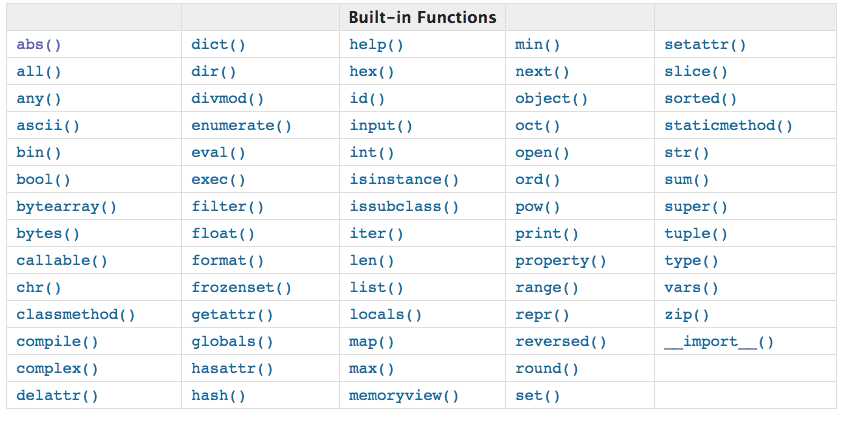标签:asc nbsp cee bsp sci closed hid maximum 函数调用
一、递归函数
定义:函数内部可以调用其它函数,如果调用自身,就叫递归。
递归特性:
1.必须有结束条件退出:

>>> def calc(n): ... print(n) ... return calc(n+1) ... >>> calc(0) 0 1 ... 998 RecursionError: maximum recursion depth exceeded while calling a Python object 分析: 没有结束条件,超过最大递归次数999次后报错
2.每次进入更深一层递归时,问题规模相比上次递归都有所减少
3.递归效率不高,递归次数过多导致栈溢出(在计算机中,函数调用是通过栈(stack)这种数据结构来实现的,每当进入一个函数调用,栈就会加一层栈帧,每当函数返回,栈就会减一层栈帧,由于栈大小不是无限的,所以递归调用的次数过多,会导致栈溢出)
def calc(n): print(n) if int(n/2) > 0 : #int()返回整数 return calc(int(n/2)) print("-->",n) calc(10) 执行结果: 10 5 2 1 --> 1
二、匿名函数
匿名函数就是不需要显式的指定函数
#这段代码
def calc(n): return n**nprint(calc(10))#换成匿名函数calc = lambda n:n**nprint(calc(10))与其它函数配合使用,
1 res = map(lambda x:x**2,[1,5,7,4,8]) 2 for i in res: 3 print(i) 4 输出 5 1 6 25 7 49 8 16 9 64
map函数用法:第一个参数接收一个函数名,第二个参数接收一个可迭代对象

1 ls = [1,2,3] 2 rs = map(str, ls) 3 print rs 4 执行结果: 5 [‘1‘, ‘2‘, ‘3‘] 6 --------------------------------- 7 lt = [1, 2, 3, 4, 5, 6] 8 def add(num): 9 return num + 1 10 11 rs = map(add, lt) 12 print rs 13 [2,3,4,5,6,7]
三、高阶函数
变量可以指向函数,函数的参数能接收变量,那么一个函数就可以接收另一个函数作为参数,这种函数就称之为高阶函数。

1 def add(x,y,f): 2 return f(x) + f(y) 3 res = add(3,-6,abs) 4 print(res) 5 9
四、内置函数

内置参数详解 https://docs.python.org/3/library/functions.html?highlight=built#ascii
标签:asc nbsp cee bsp sci closed hid maximum 函数调用
原文地址:http://www.cnblogs.com/wolfs685/p/6724106.html